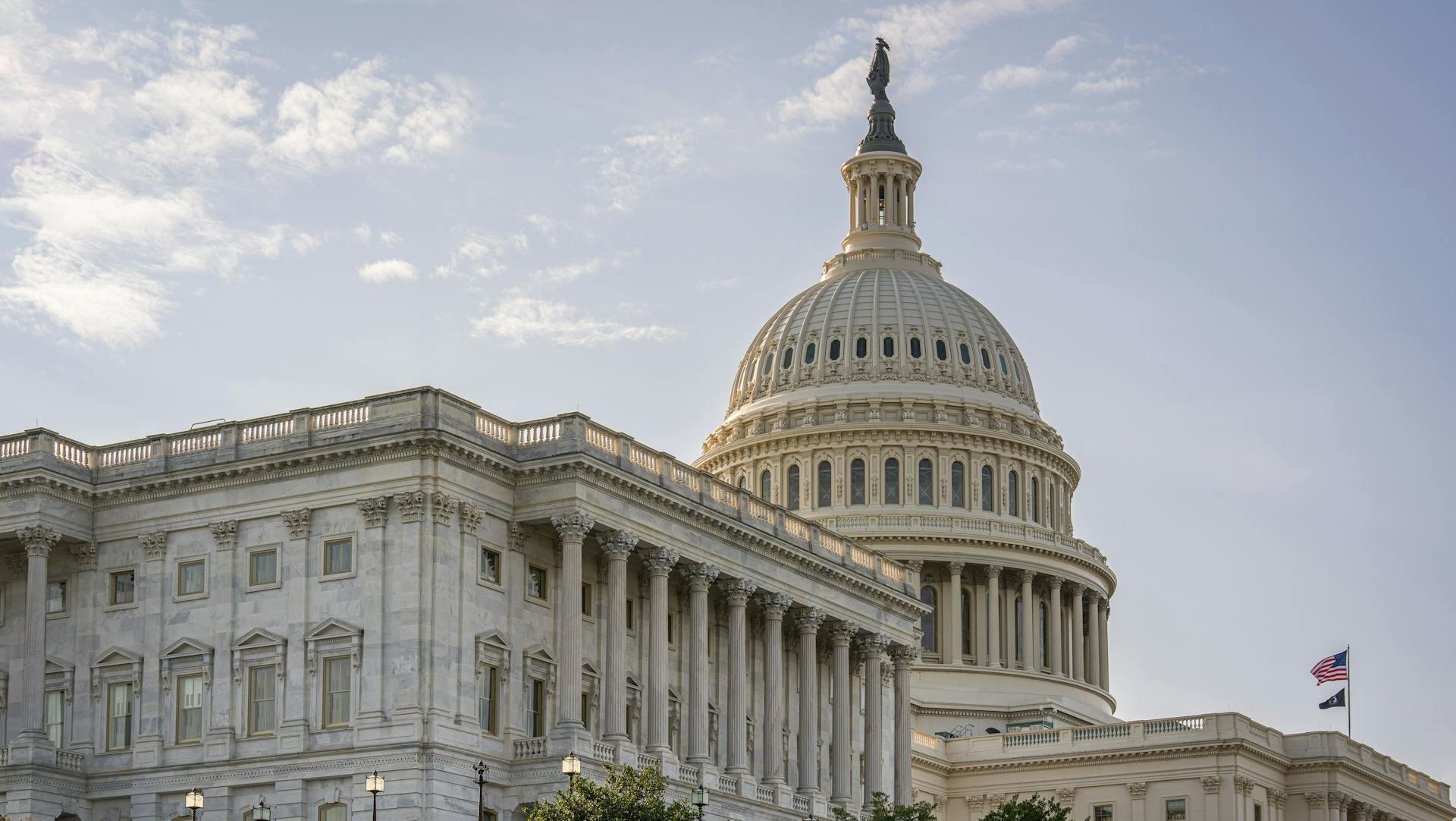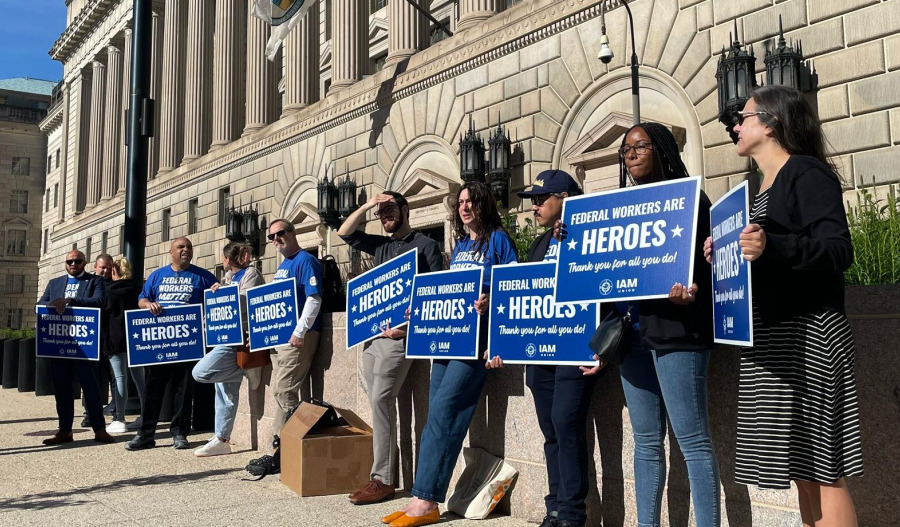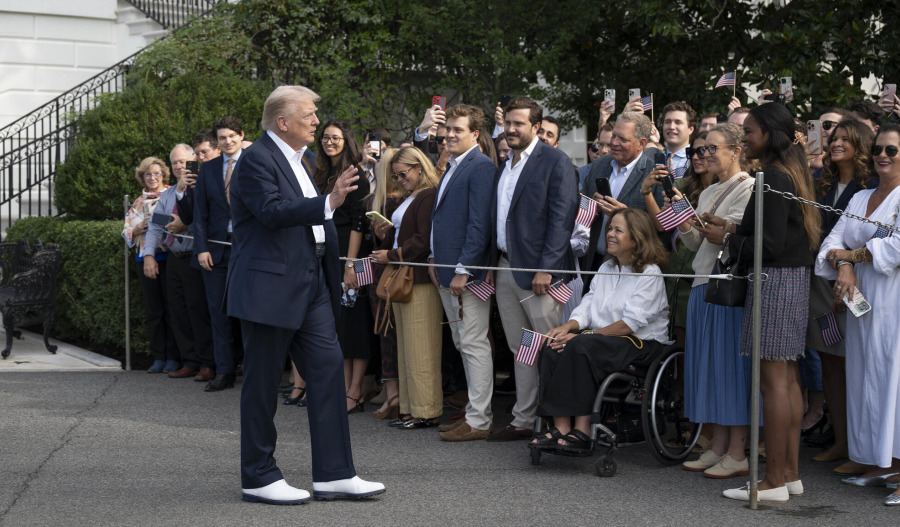A United States government shutdown would lead to around 750,000 federal employees being furloughed, an agency has estimated, with a likely shutdown just hours away.
The shutdown is set to begin from 12:01 am on 1 October EDT (2:01 pm AEST), as Congress has been unable to reach an agreement to fund the government.
Many government services will be suspended, though essential operations, including healthcare programs and law enforcement, will continue.
The nonpartisan Congressional Budget Office (CBO) “estimates that under a lapse in discretionary funding for fiscal year 2026 about 750,000 employees could be furloughed each day; the total daily cost of their compensation would be roughly $400 million.”
“The number of furloughed employees could vary by the day because some agencies might furlough more employees the longer a shutdown persists and others might recall some initially furloughed employees.”
The White House has also ordered federal agencies to create plans for firing large numbers of government employees if a shutdown begins.
Another 100,000 workers are set to quit this week under the administration’s deferred resignation program, part of the mass layoffs it has enacted since January.
The Senate today voted down a spending bill that would fund the government at current levels until 21 November, which had been passed by the House of Representatives.
Democrats have called for a government funding package to include an extension of subsidies limiting the cost of health insurance and a reversal of the administration’s July cuts to Medicaid, the U.S. healthcare program for those with low income.
Republicans have so far refused and also voted down the Democrats' funding proposal earlier today.
CBO further estimated that the impending shutdown could have a significant effect on the economy, depending on its extent and length. It said the most recent government shutdown, which lasted 35 days from December 2018 to January 2019, led to the permanent loss of $3 billion in gross domestic product.
The previous shutdown lowered the private sector’s demand for goods and services and reduced consumer spending, CBO wrote.
Related content



